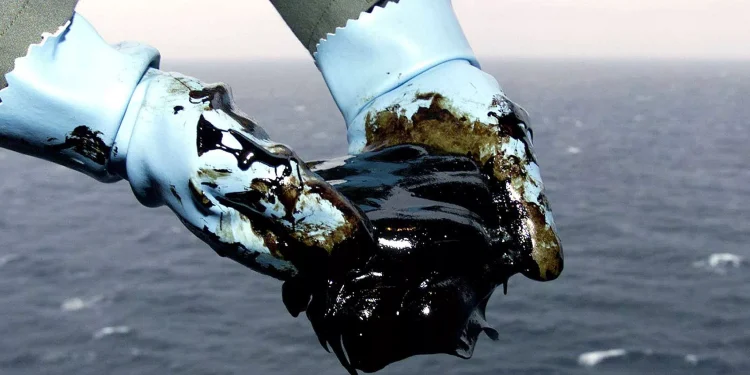A New Way to Increase the Production of High-Viscosity Oil Has Been Found
To do this, PNRPU scientists have created a three-dimensional model of the processes in the well.
Perm Polytechnic University scientists have developed a technology that will reduce costs in the development of high-viscosity oil fields. To do this, they analyzed the extraction method using electric bottom-hole heating. The Devon News Agency learned about this from the PNRPU message.
The researchers also developed a model for calculating the optimal length of the heater. This will help to reduce restrictions on the extraction of high-viscosity oil and improve the efficiency of the pump.
Electric centrifugal pumps in the well do not always withstand increased load. The fact is that there are restrictions on the maximum allowable viscosity of the pumped liquid.
An electric bottom-hole heater is used to improve the efficiency of extracting high-viscosity oil. This device is located in the bottom-hole zone of the well below the suspension of the centrifugal pump. It allows you to increase the temperature of the oil and reduce its viscosity.
PNRPU scientists have developed a three-dimensional mathematical model to study the processes of heat and mass transfer (movement of heat and oil) in a well. This allows you to assess the temperature distribution in the well and take measures to reduce viscosity and the absence of deposits.
Now a matmodel is being used, which allows us to estimate the temperature distribution on the wall of the tubing. It is also possible to determine the site of possible deposition of asphalt resin paraffin substances (ASPs) and the necessary conditions to prevent their formation.
But with its help, it is impossible to study the flow of oil through the perforations. The latter provide a hydrodynamic connection of the formation with the well.
The new model, unlike the previous ones, is three-dimensional. It contains an area with a perforated pipe. The polytechnics determined that the oil reaches the highest speed near the perforated holes near the heater and the centrifugal pump. The lowest viscosity of the raw material is in the center of the flow and next to the device.
The calculations allowed us to calculate the required length of the heater, which will be sufficient for stable pumping of liquid. To do this, the scientists compared several devices of different power and length. At the same time, the same operating (permissible) temperature was maintained for them – 122 degrees Celsius.
The temperature change showed that heating oil with a 1 meter long device proceeds faster in a section from 0 to 2 m. The fact is that the specific power (amount of energy in relation to mass or volume) of this heater is higher than that of a three– or five-meter heater.
It turned out that the use of a heater with the highest power in a perforated well makes it possible to increase the temperature of oil at the inlet to an electric centrifugal pump to 60 ° C. In this case, the viscosity value is reduced to 0.7 Pa per second. This is more than 14 times lower than the initial viscosity of oil.
“Our model allowed us to describe in detail the nature of the flow and heat exchange in a well site with low productivity and high viscosity oil,“ says Nikita KOSTAREV, Candidate of Technical Sciences, Associate Professor at PNRPU.











